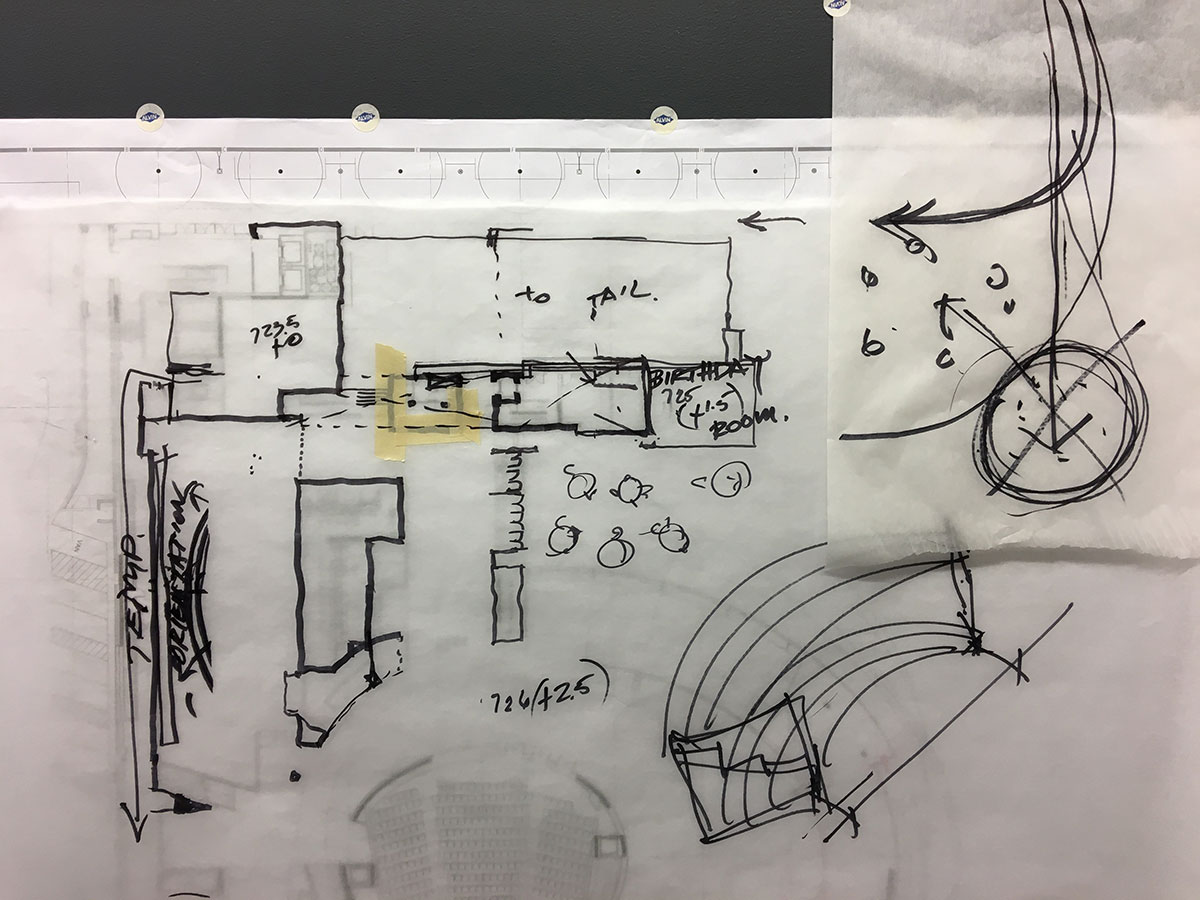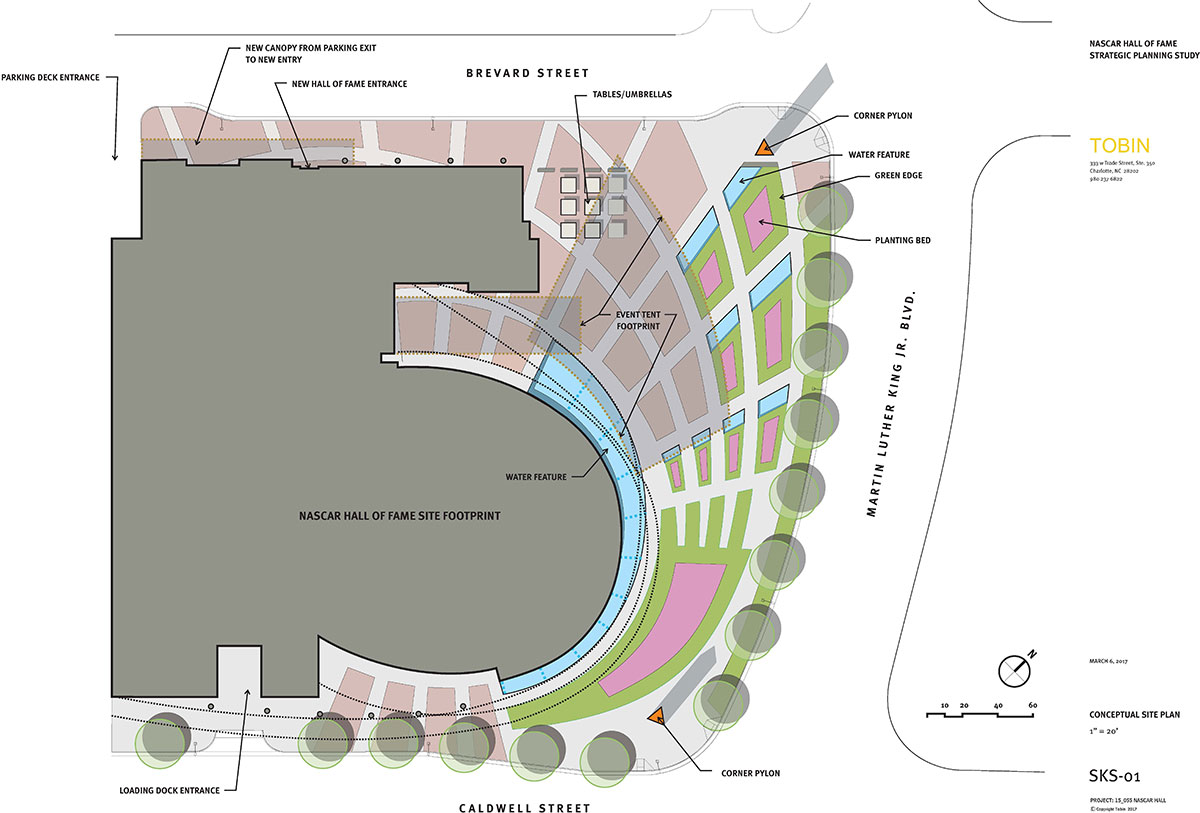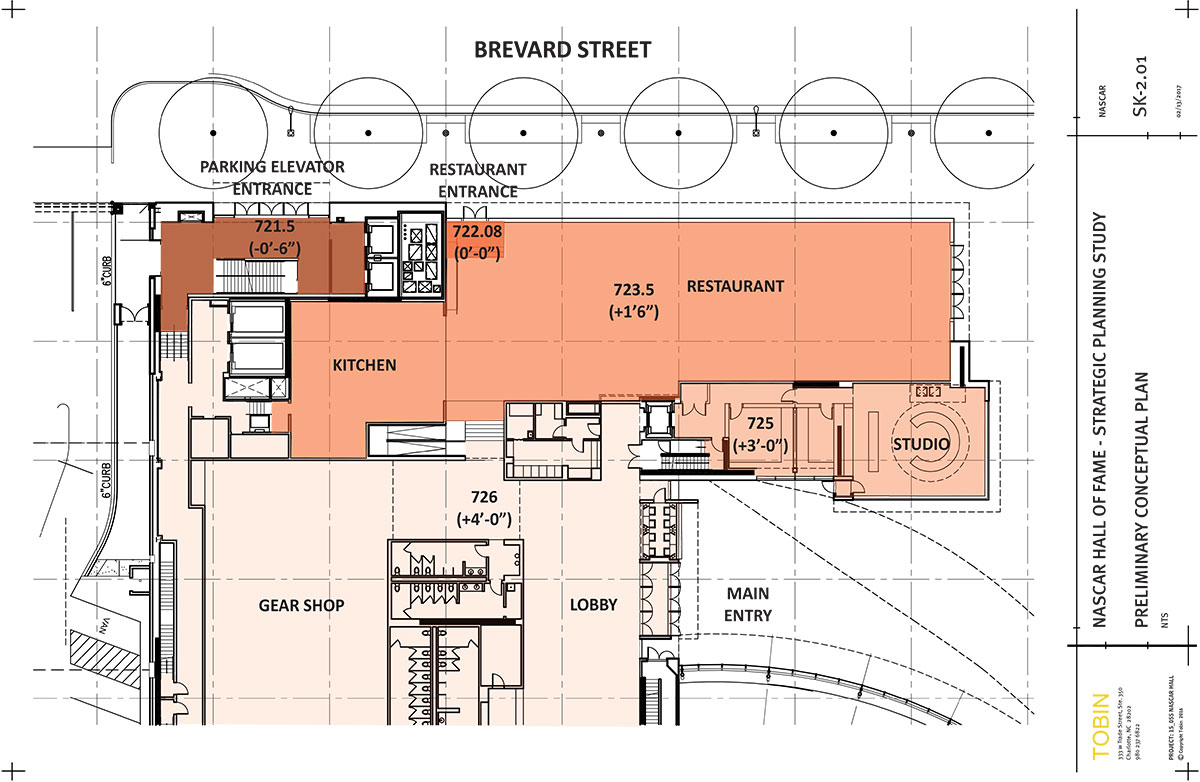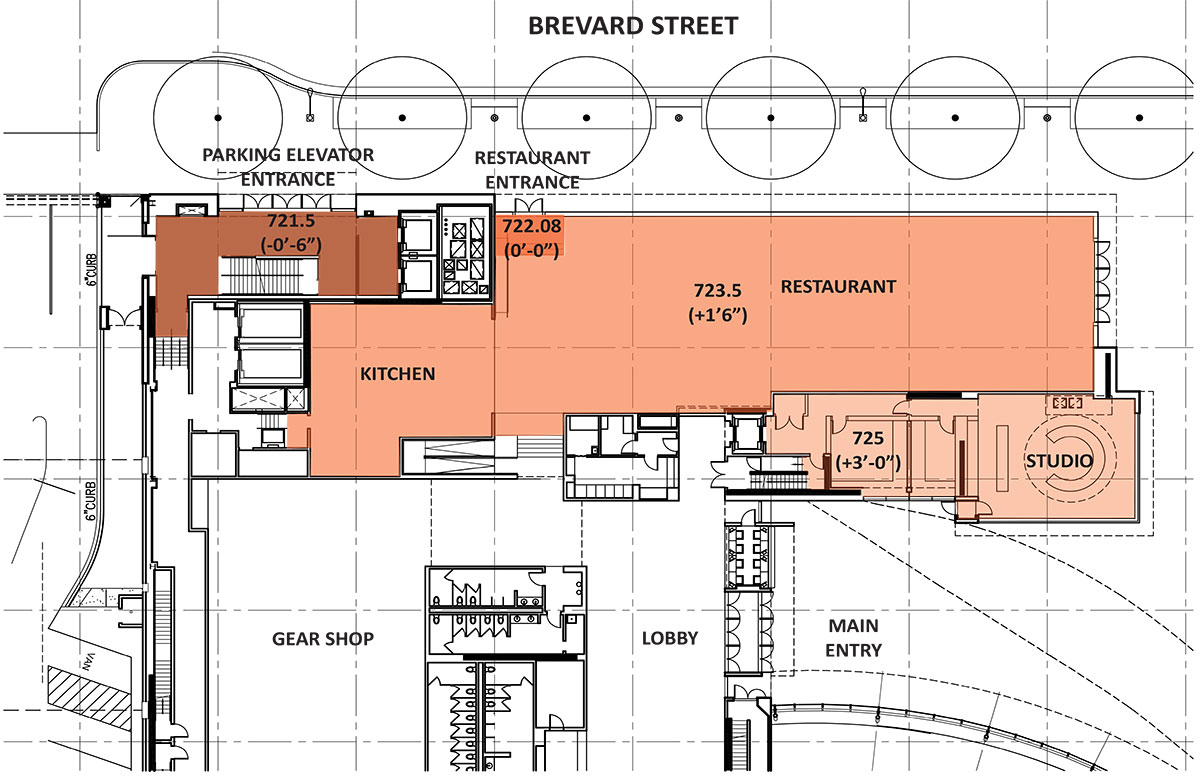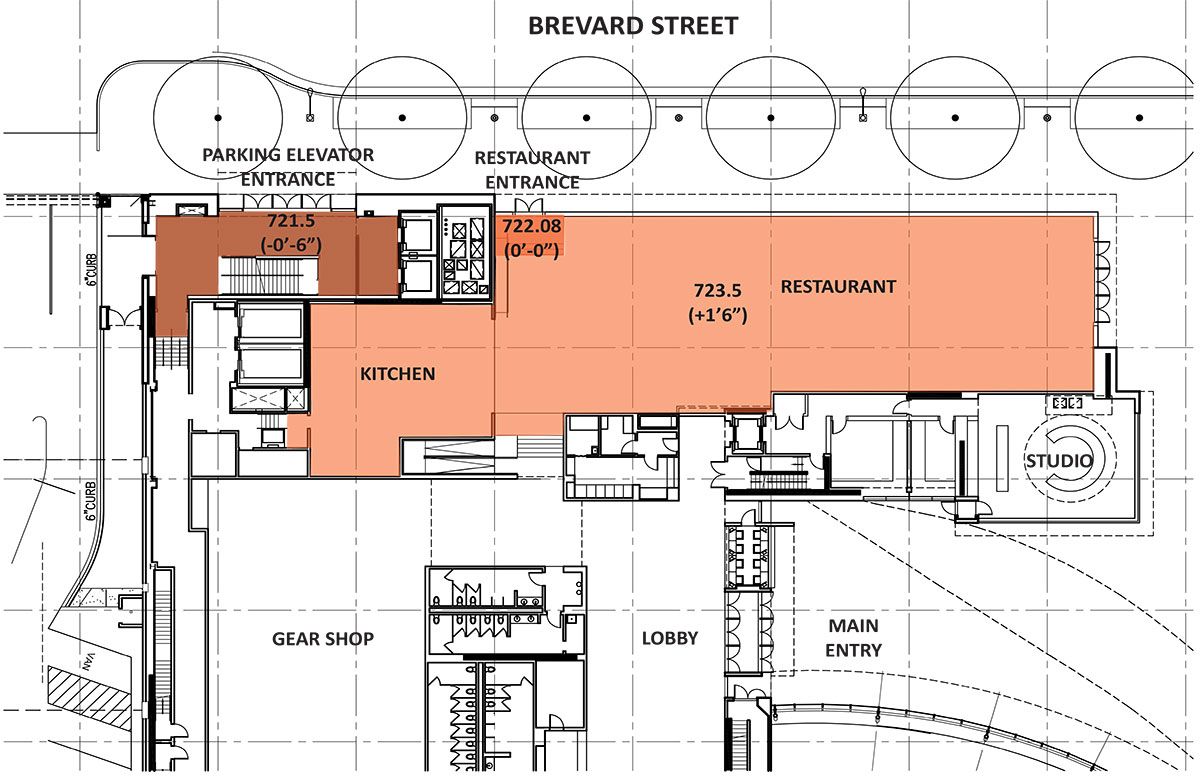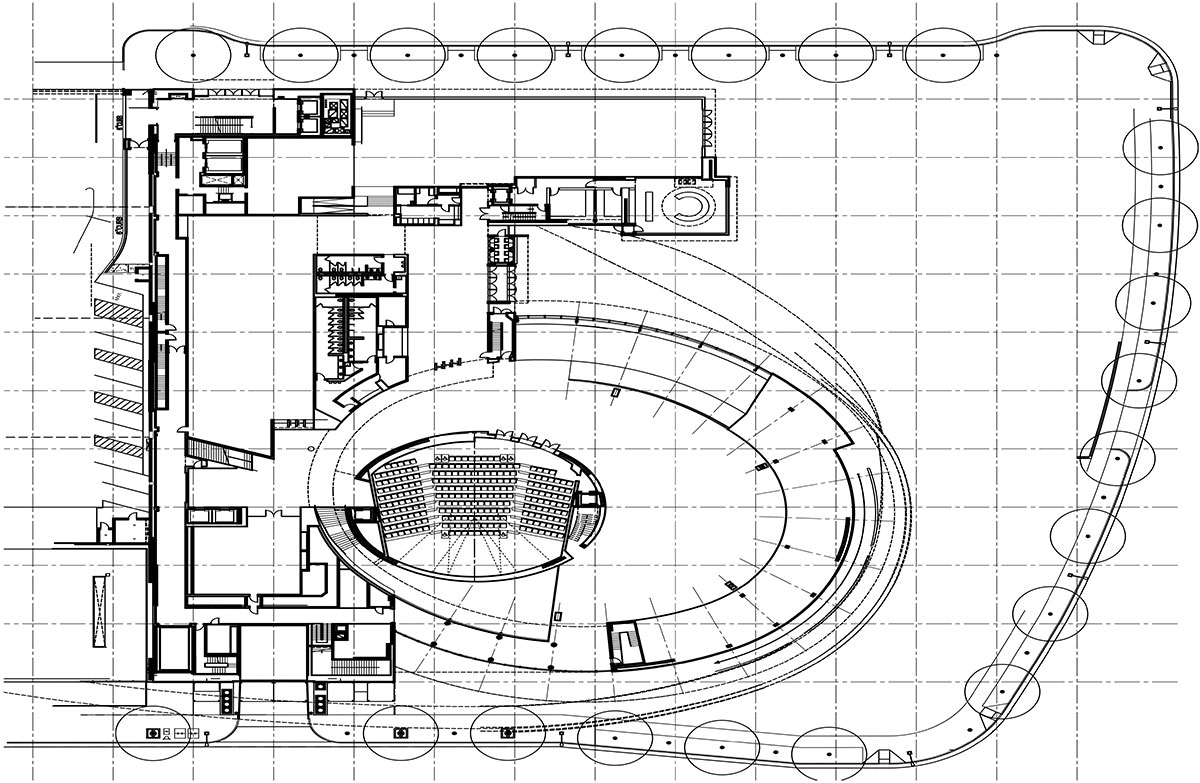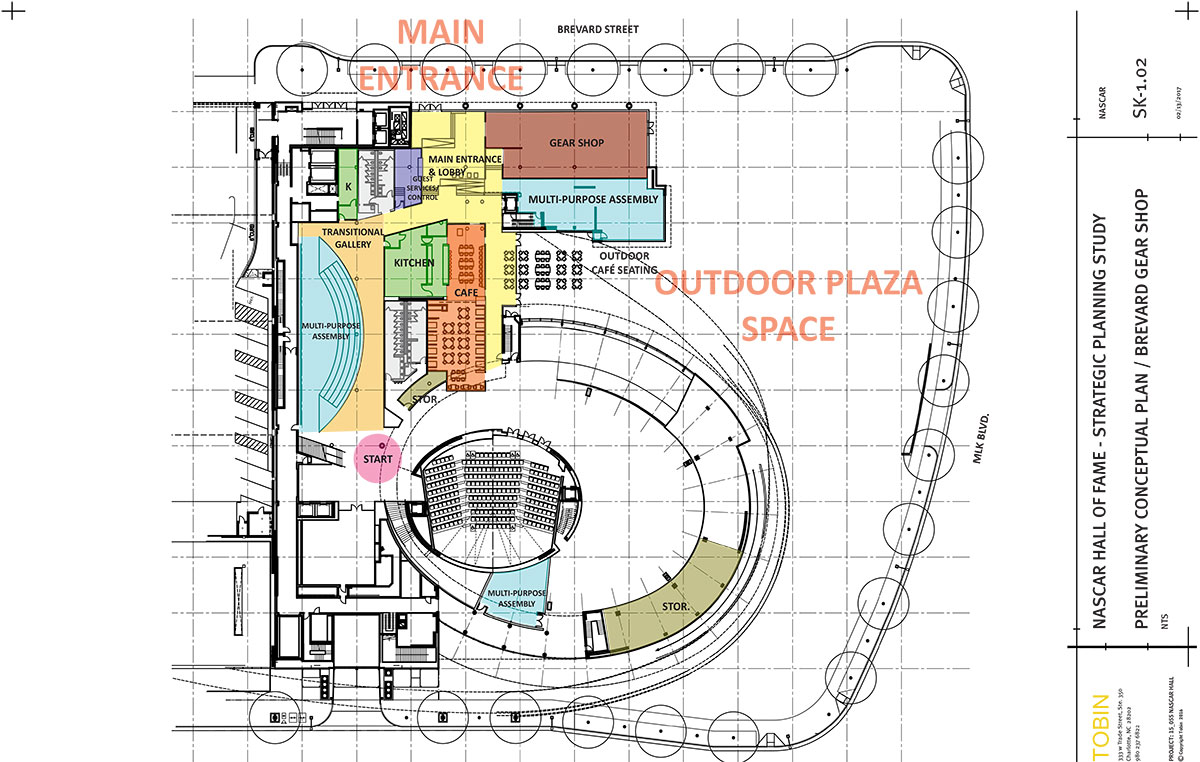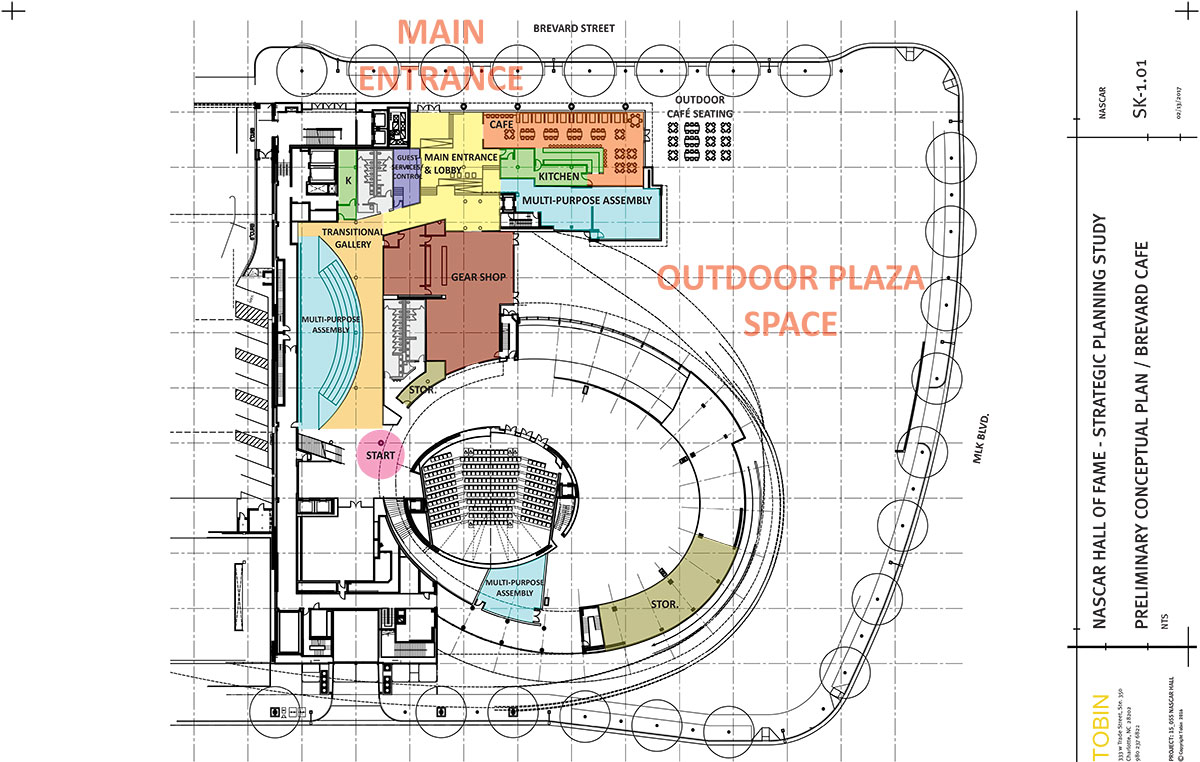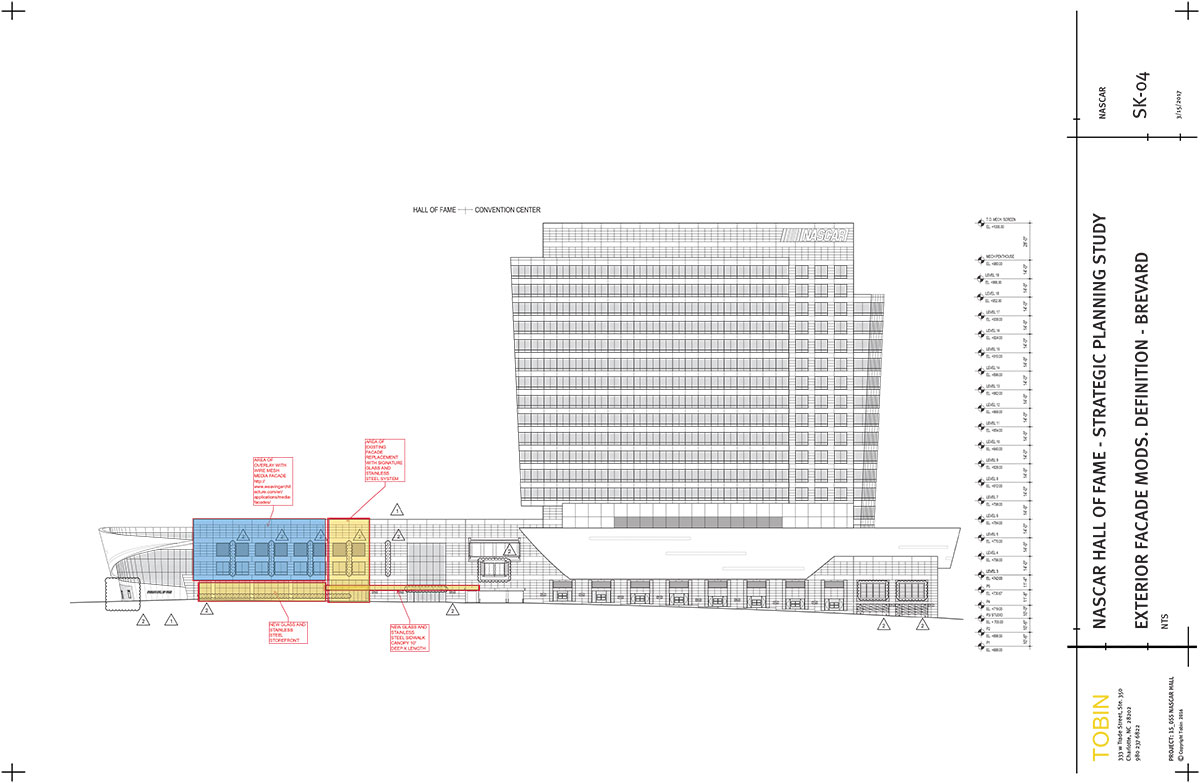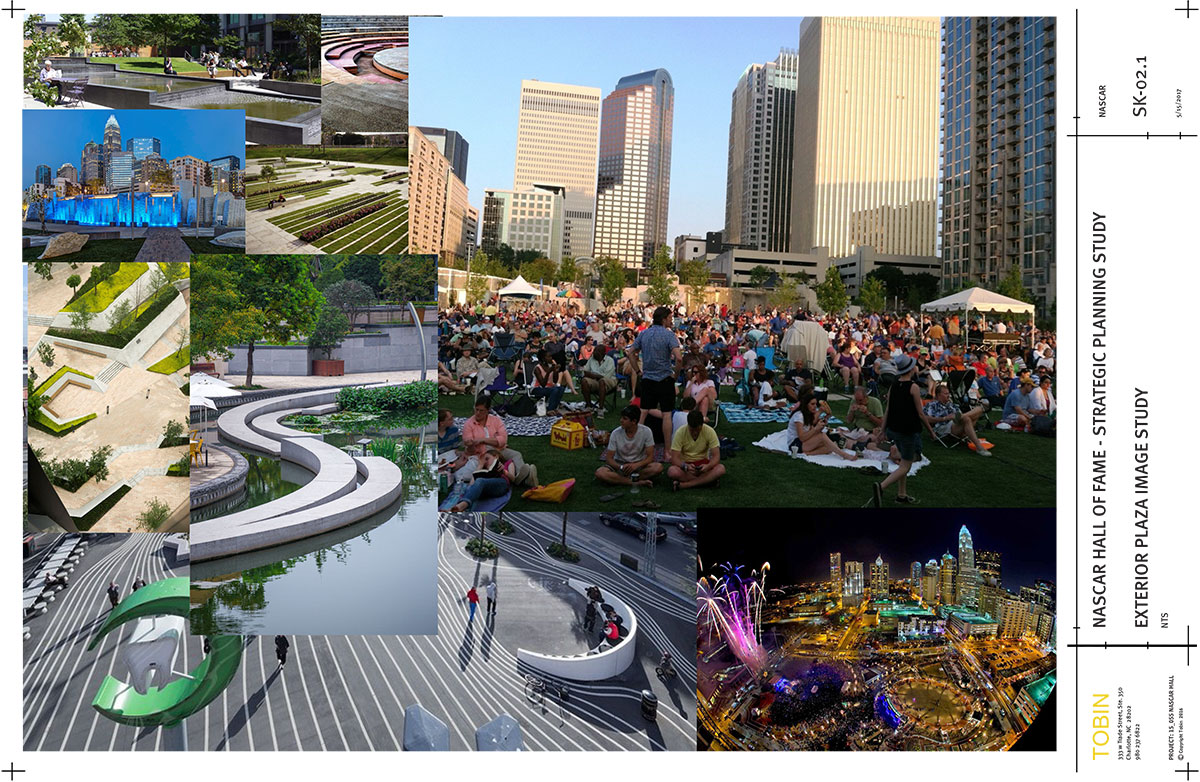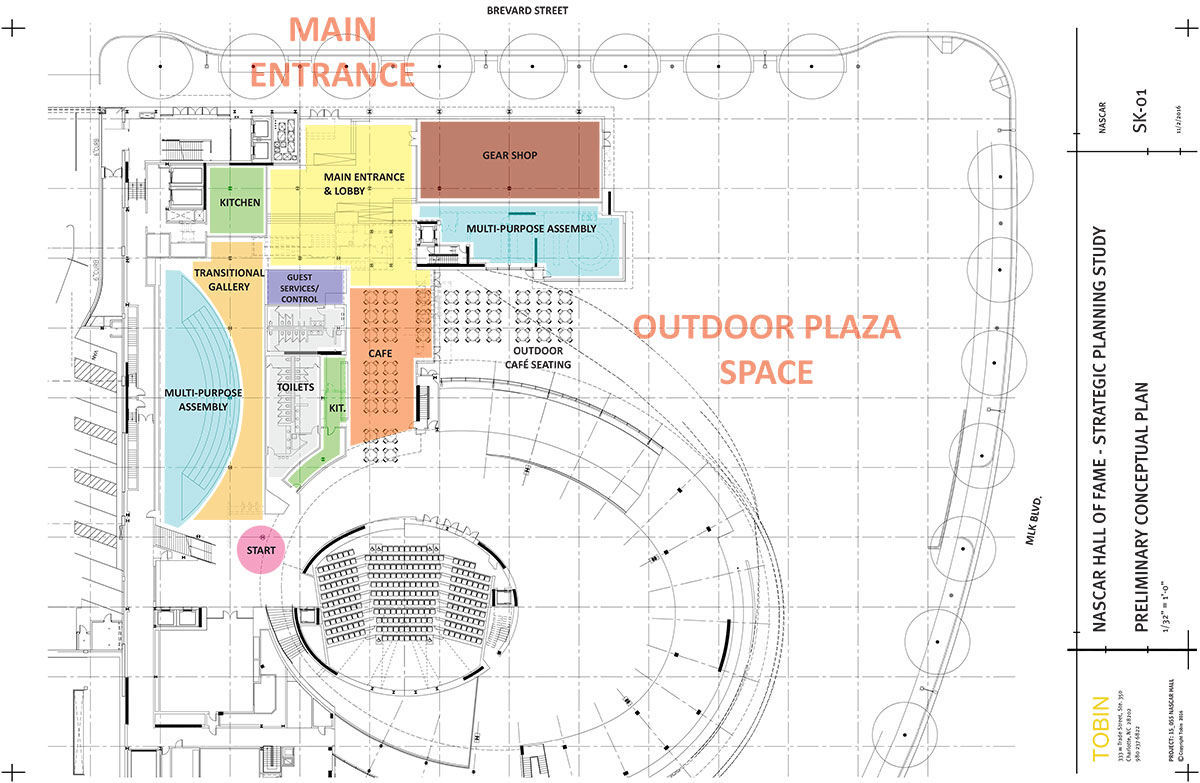Tobin served as on-site representative for the New York-based design architect, Pei Cobb Freed & Partners, and Architect-of-Record on behalf of exhibit designer, Ralph Appelbaum Associates, for the auditoria and exhibit spaces for the original NASCAR Hall of Fame (NHoF) completed in 2010. It was a natural progression with this planning assignment to develop a Strategic Plan for the Hall of Fame in 2016-17.
Five years after the May 2010 opening of the Hall of Fame, its actual economic performance had become well defined through experience, in contrast to projections made as part of initial project programming and design relative to attendance, event revenue, and operating costs. The actual financial performance was now known and measurable. With this knowledge, it was time to plan for the next phase of capital investment to align with and take full advantage of real operating conditions and to prepare the NHoF facilities for the future.
Tobin conducted a series of presentations and discussions with the leadership and staff of NHoF and its parent, Charlotte Regional Visitors Authority (CRVA), to listen and discuss past and present experiences as well as future needs and goals. From these discussions, an understanding of challenges, priorities, opportunities, and aspirations emerged. The ideas shared at those meetings were distilled into conceptual proposals for potential modifications to the Hall of Fame facility and a strategic plan to guide capital planning for the next decade.
The proposals generated touched on:
• Repositioning the main visitor entrance and lobby to better connect with actual pedestrian patterns and parking access.
• Expanding access to underutilized interior spaces for events and education programming.
• Enhancing food service operations to become a more engaging part of the visitor experience and uptown community.
• Relocating retail operations to net better utilized event and education space.
• as well as were aspirational in nature, intended to spur discussions about feasibility, costs and phasing ultimately leading to complementary economic studies by Gallagher Museum Services.

